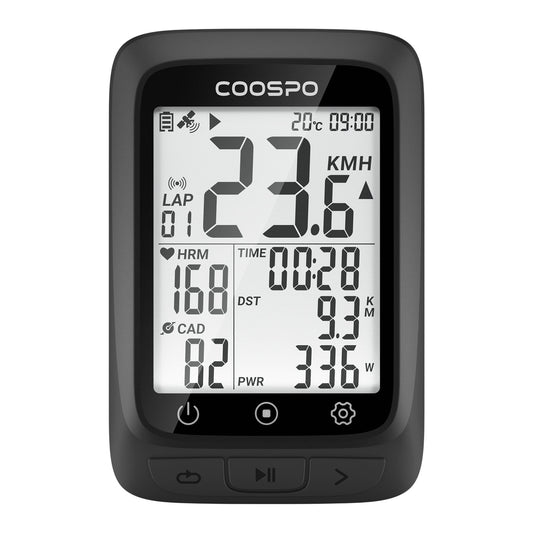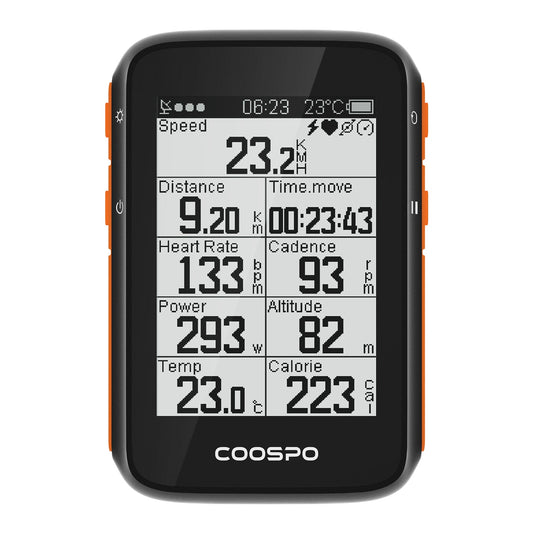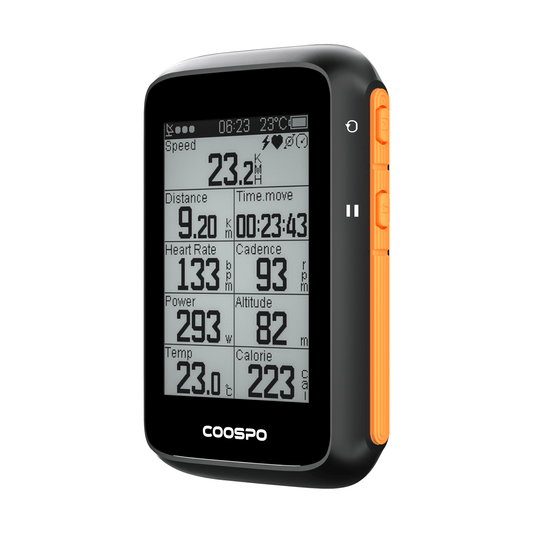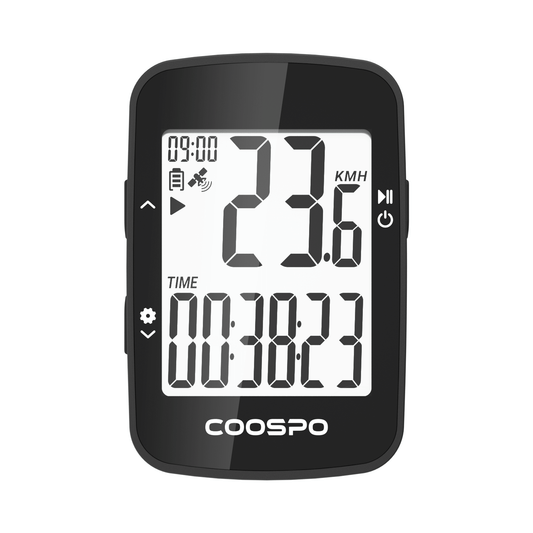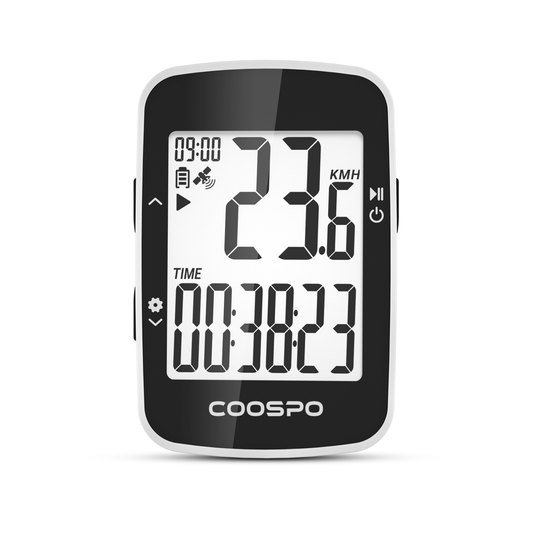Understanding and Training with Your Max and Target Heart Rate
Monitoring your heart rate while running is important for all runners, especially those who are new to running. It helps you understand how your body is responding to the exercise and whether you need to adjust the intensity of your workout. By keeping track of your heart rate, you can see how hard your heart is working and make smart decisions about your training.

This article discusses the importance of heart rate when running, explains heart rate training zones, talks about target heart rates during exercise, and provides tips for monitoring heart rate while running.
WHAT IS YOUR HEART-RATE AND WHAT IMPORTANCE DOES IT HAVE WITH YOUR RUNNING?
The heart rate, measured in beats per minute (bpm), reflects the frequency of your heart's contractions. A typical resting adult has an average heart rate ranging between 70-100 bpm. Endurance and elite athletes commonly exhibit a lower heart rate, falling below 70 bpm. However, excessively low or high heart rates may signal an underlying medical issue.
During exercise, your heart rate will naturally rise to accommodate the level of intensity and workload. Conversely, when you cease exercising, your heart rate will naturally decrease. As a rule, the more strenuous the activity, the greater your heart rate should be.
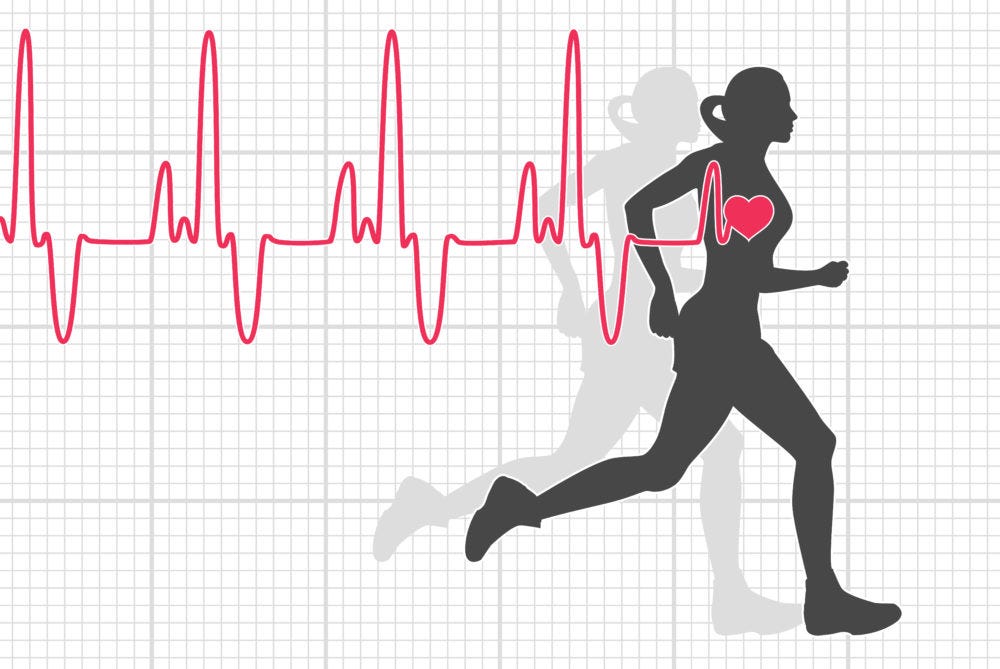
HEART RATE TRAINING - WHAT PERCENTAGE SHOULD YOU WORK AT?
The practice of heart rate training necessitates engaging in physical exercise at specific intensity levels determined by a percentage of one's maximum heart rate. By identifying these zones, runners can personalize their workouts to pursue diverse fitness objectives.
Here is a breakdown of the benefits of working at different HR percentages:

WHAT IS YOUR TARGET HEART RATE DURING EXERCISE?
There is a simple calculation you can do to find your appropriate exercise rate - target HR. Your target heart rate (THR) is the desired heart rate range you aim to maintain during exercise to achieve specific training objectives. It is typically expressed as a percentage of your maximum heart rate.
Before you find your target HR, you first need to find your maximum HR.
A lot of people commonly figure out their target rate by the traditional equation: 220 - your age. However this is associated with a 10 to 12 bpm error.
The American College of Sports Medicine recommends using the more accurate equation:
206.9 - (0.67 x your age)
This equation estimates that there is a much lower error range of only 5 to 6 beats per minute.
The answer to 206.9 - (0.67 x your age) will give you your maximum rate.
To calculate your target heart rate, you can use the Karvonen formula:
THR = (Max HR - Resting HR) × Intensity% + Resting HR
For example, if your Max HR is 190 bpm, your Resting HR is 60 bpm, and you want to train at 70% intensity:
THR = (190 - 60) × 0.70 + 60 = 157 bpm
HOW TO KEEP TRACK OF YOU HEART RATE WHEN RUNNING:
Monitoring your heart rate while running is essential for staying within your target heart rate zones and optimizing your training. Here are some effective methods for tracking your heart rate:
Heart Rate Monitor:
Utilize a heart rate monitor worn either around the chest or on the wrist to access real-time heart rate data, thus enabling you to effectively adjust your workout intensity while running. The Coospo heart rate monitor offers accurate real-time heart rate data for activities such as running, cycling, and other aerobic exercises.

If you want to learn more about how to use a heart rate monitor during your workout, please read this article:
https://coospo.com/blogs/knowledge/reasons-to-use-a-heart-rate-monitor-during-exercising
Smartwatch:
Numerous smartwatches boast in-built heart rate monitors, providing the added convenience of monitoring your heart rate alongside metrics such as distance, pace, and calories burned.
Count Pulse:
Locate your pulse on the inner wrist using your index and middle finger. (Avoid using your thumb, as it has its own pulse and may provide an inaccurate count.)
Measure your pulse for 15 seconds, beginning with the number 0.
Next, multiply the number of beats by 4 (as there are 60 seconds in a minute). This will give you your pulse rate/heart rate (HR).
Many runners often overlook the importance of monitoring their heart rate during exercise, opting instead to rely on their own comfort level. While this approach may suffice for some, tracking your heart rate can provide valuable insights into your workout intensity and endurance capacity. Don't underestimate the significance of this straightforward yet powerful tool!



